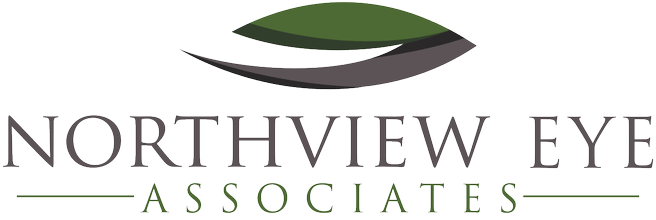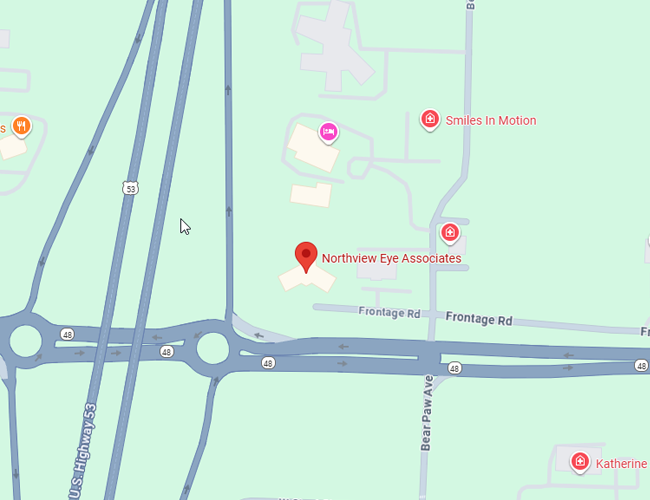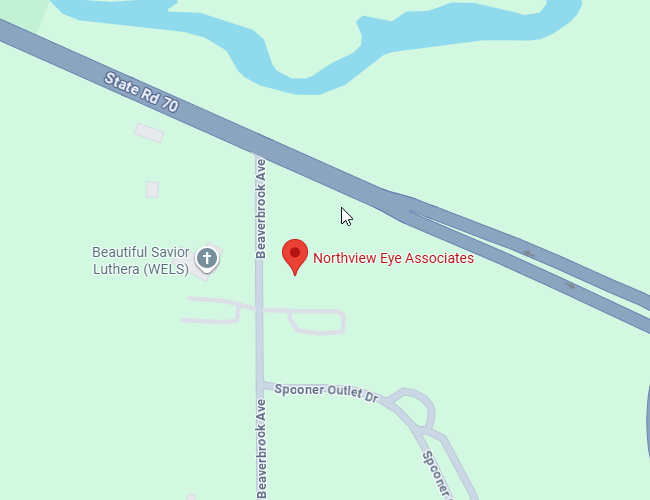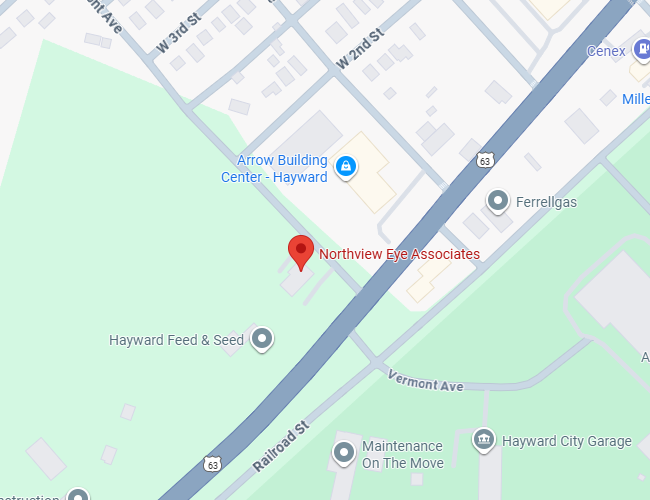Vision Problems
Northwest Wisconsin’s Vision Correction Specialists
Correcting vision problems is part of what we do at Northview Eye Associates. During your comprehensive eye exam, we’ll determine the type and magnitude of vision correction needed for your eyes while conducting an in-depth evaluation of your ocular health. Below are some common vision problems that are diagnosed and managed in our Rice Lake, Spooner, and Hayward eye clinics daily.
Astigmatism
Astigmatism describes the curvature of the cornea and/or lens of the eye. When the curvature of the cornea or lens is not uniform, astigmatism arises and can cause blurry vision. Other symptoms can include frequent squinting, eye strain/fatigue, or headaches. This is typically corrected using glasses or contact lenses. Many people have a small amount of astigmatism, but occasionally we see patients with high-magnitude astigmatism. Typically, custom contact lenses are a good option for patients with a large amount of astigmatism.
Hyperopia (Farsightedness)
Farsightedness or hyperopia is a form of refractive error in which the eye has difficulty focusing on close objects. Because of this, patients with hyperopia typically have better distance vision than near vision. Hyperopia can be attributed to an eye that is too short or a cornea with too little curvature. This is frequently seen in young patients. Many patients who start life with hyperopia will grow out of it as their eyes grow during development. Some will not, and correction with glasses or contact lenses is necessary.
In many cases, glasses are needed to help the eyes focus when reading. This is especially important for young children in school. However, if you are only mildly farsighted, correction with glasses may not be recommended by your eye doctor.
Myopia (Nearsightedness)
Nearsightedness or myopia is an issue in which the eye has inappropriately continued to grow longer than it should, giving only clear vision at close range but blurred vision at distance. People who have developed myopia are often seen squinting at objects in the distance to see them more clearly.
Rapid progression of myopia in children is a newer concern, given the changing environmental factors and more time spent with electronic devices. Myopia Control is a branch of vision correction that helps to slow the development of large amounts of myopia.
Presbyopia
The lens inside the eye does a large portion of the focusing of your vision, particularly when seeing an image clearly at near. With time, the lens hardens and loses flexibility. The decrease in focusing power at near describes the condition of presbyopia.
Presbyopia is an inevitable part of aging and cannot be prevented by diet, lifestyle, or visual habits. However, it can be managed by using different types of vision correction: bifocal and trifocal glasses, reading glasses, or multifocal contact lenses.





